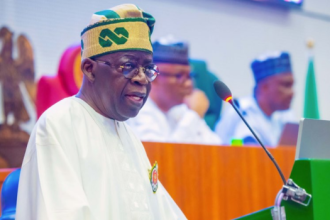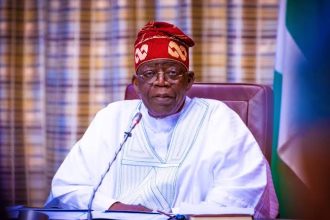This week’s currency chaos was brought on by the surprising decision of the Nigerian central bank to redesign the country’s banknotes, which spurred a rush to devalue the naira.
Even Finance Minister Zainab Ahmed was unaware of the plan to replace the 200, 500, and 1,000 naira notes.
The six-week window for currency exchange, beginning on December 15, also falls during a trying time for the majority of households in Africa’s largest economy. Many people visit their family villages over the joyous Christmas season, far from the bank branches strewn around large towns.
As the deadline for making the money useless at the end of January draws near, this has sparked worries about even lengthy lineups.
Since the announcement, there has reportedly been an unusual rush for dollars, causing many merchants to pool their resources to fulfill the increasing demand.
The parallel market, where the naira is freely exchanged and most Nigerians purchase their US dollars, saw record lows for the currency. Even the strictly regulated official rate, which is primarily used by the government for budgeting and transactions involving the public sector, fell to new lows. Now more than ever, there is a huge chasm between the two.
While President Muhammadu Buhari and policymakers supported the decision, the International Monetary Fund cautioned against it, warning that the short time frame for note changes will “put tremendous operational pressure on banks.”
The central bank underlined that stopping the stockpiling of money outside the financial system is in the best interests of the nation. The proposal, according to Buhari, will help reduce inflation, which reached a 17-year high in September.
Nigeria, meanwhile, would do well to learn from India’s 2016 experience, when a hurriedly planned overhaul resulted in a desperate race for cash and hindered economic progress. The West African country cannot afford another economic setback given the current decline in oil production.












